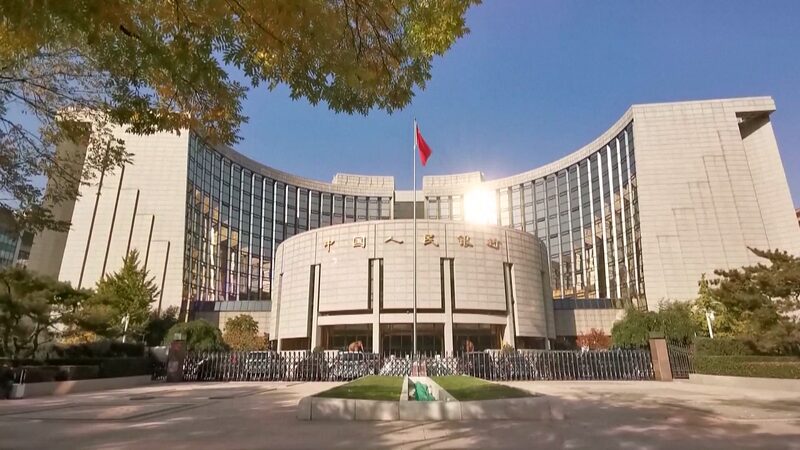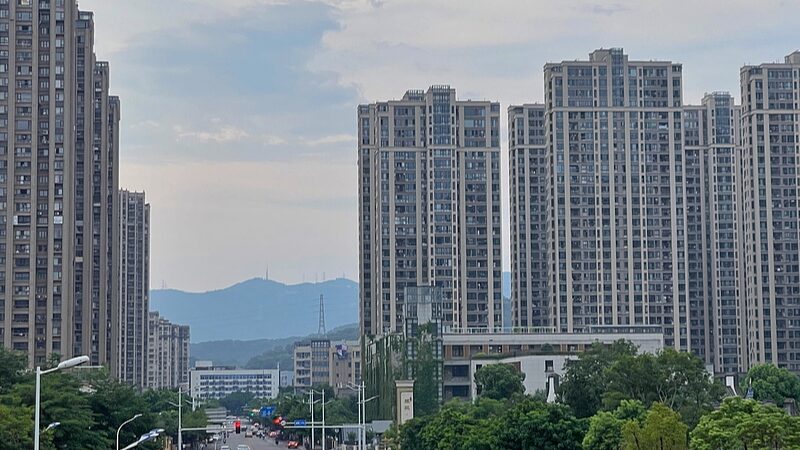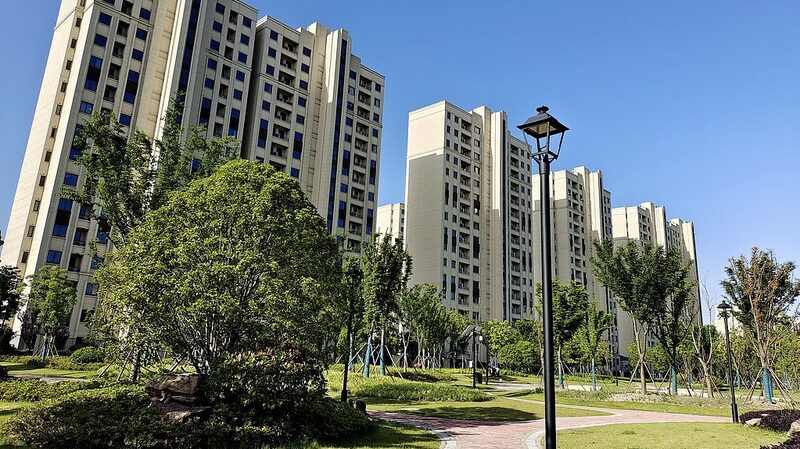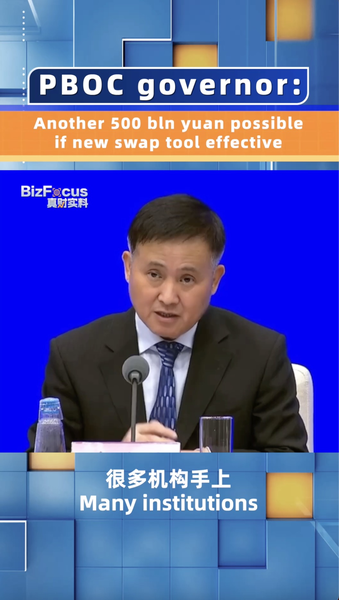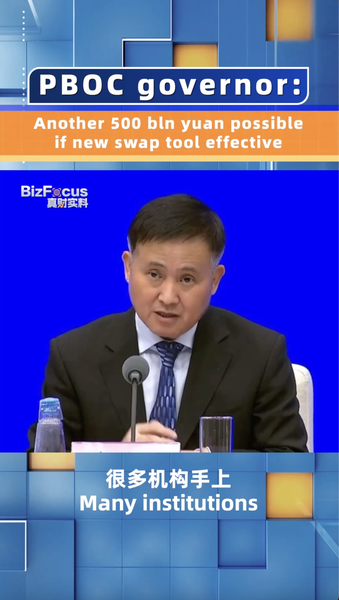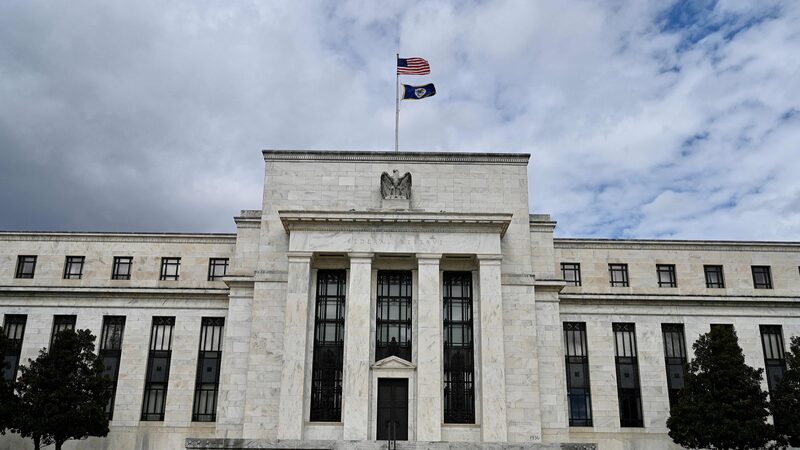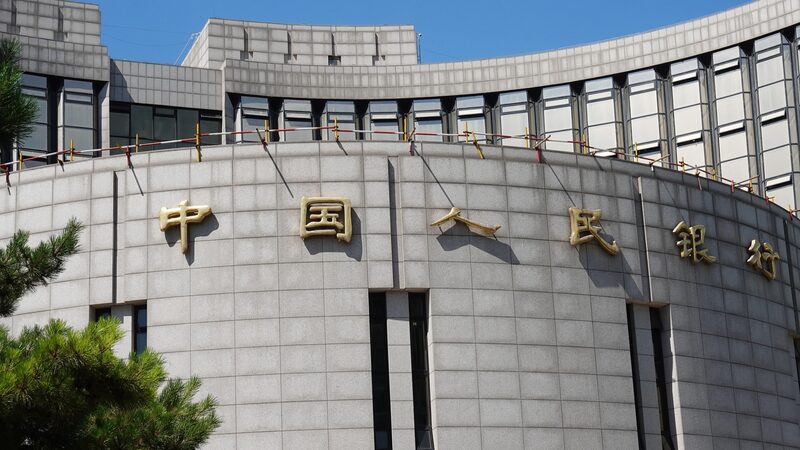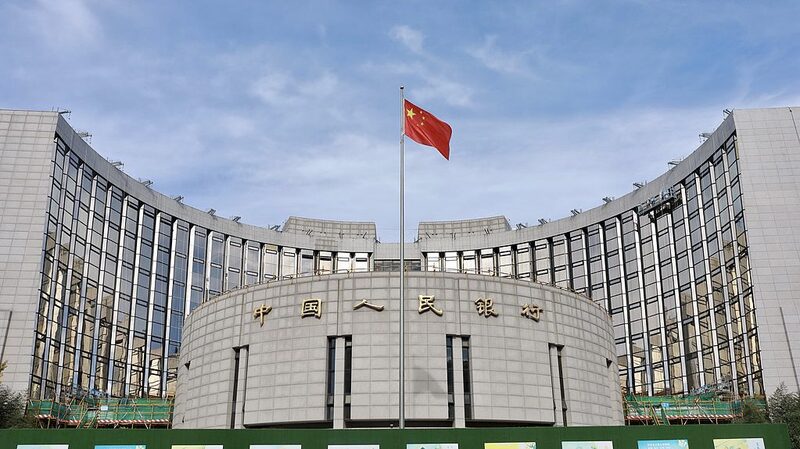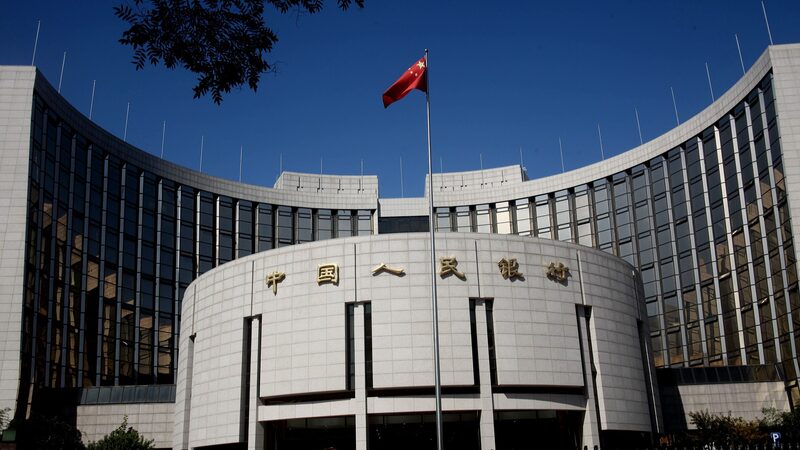The People’s Bank of China (PBOC), the nation’s central bank, has announced a significant reduction in the reserve requirement ratio (RRR) for financial institutions by 0.5 percentage points, effective this Friday. This move is part of the bank’s ongoing efforts to foster stable economic growth and support high-quality development in the Chinese mainland.
The adjustment excludes financial institutions already subject to a 5 percent reserve ratio. With this change, the weighted average reserve requirement for financial institutions will drop to approximately 6.6 percent, freeing up liquidity in the banking system and encouraging lending to businesses and consumers.
In tandem with the RRR cut, the PBOC has also lowered the interest rates for its seven-day reverse repurchase agreements (repos) from 1.70 percent to 1.50 percent. Reverse repos are a key tool used by the central bank to manage short-term liquidity in the financial markets. The rates for the 14-day reverse repos and temporary liquidity operations will continue to be determined based on the adjusted seven-day reverse repo rate, with existing margin adjustments remaining unchanged.
The central bank emphasized its commitment to a supportive monetary policy stance, stating that it aims to enhance counter-cyclical adjustments and implement more precise regulations. “We are creating a sound monetary and financial environment for stable economic growth and high-quality development,” the PBOC said in a statement.
These latest policy measures follow the central bank’s recent announcement earlier this week of a series of initiatives designed to stimulate the economy. These include support for the property sector and the capital market, indicating a comprehensive approach to bolstering economic activity across multiple sectors.
Reference(s):
PBOC cuts reserve requirement and repo rates for economic growth
cgtn.com
